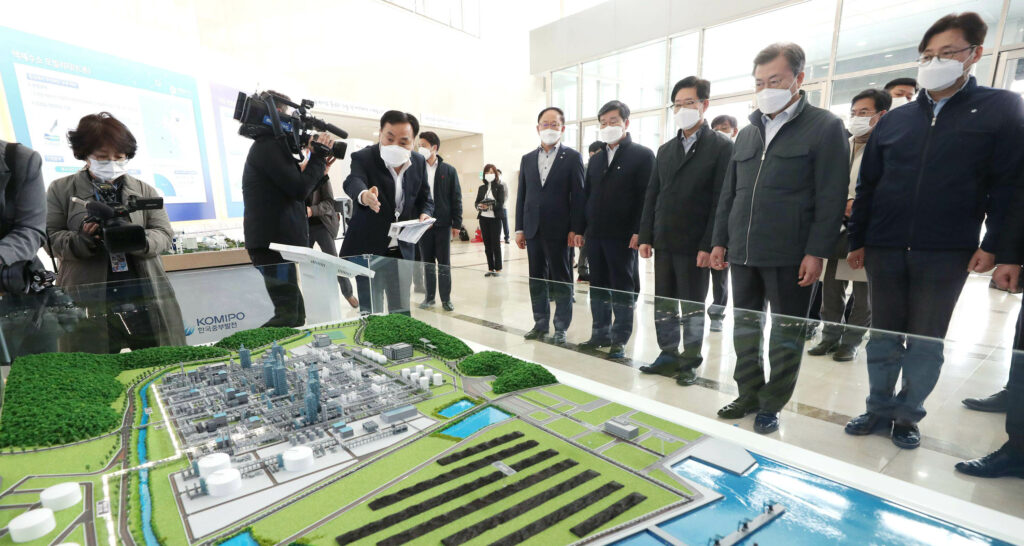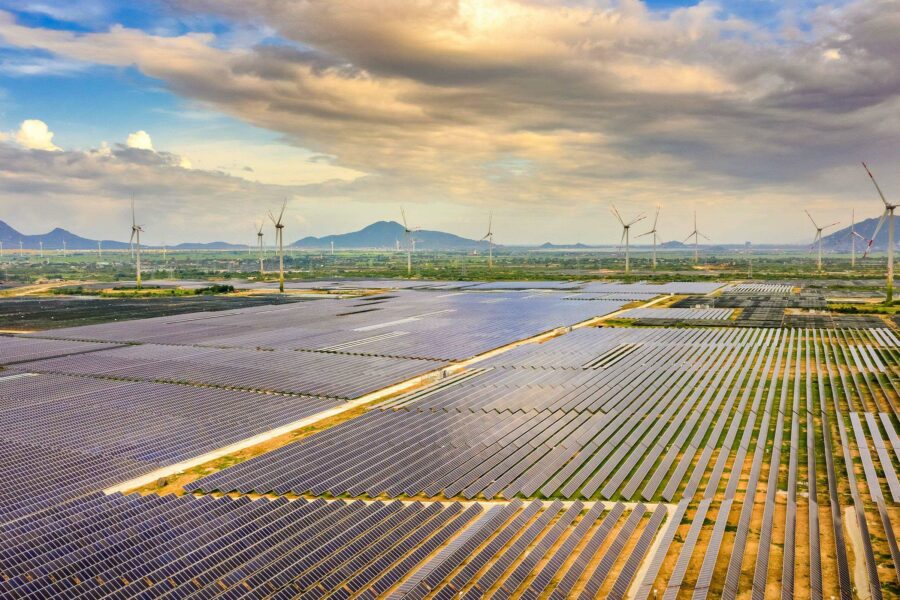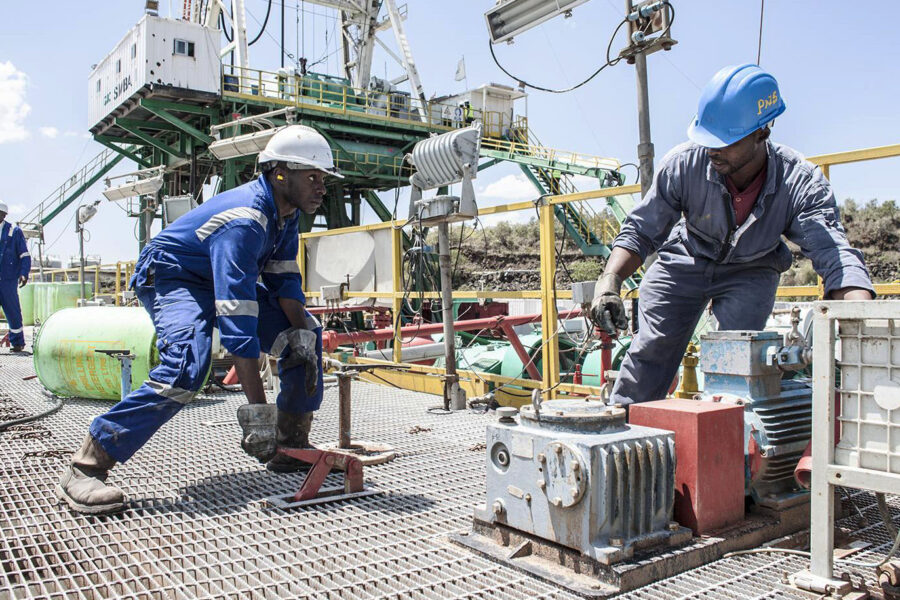Enhanced innovation must be at the heart of the energy transition
Technologies like wind power and photovoltaic solar have advanced from expensive, subsidized, niche technology to wide-scale, commercially competitive solutions. We must learn from this rapid innovation to speed up the next generation of technologies
Climate — Global

The adoption of the UN Sustainable Development Goals (SDGs) in 2015 united the world’s focus on a number of fundamental challenges for the future of humanity:
- Tackling climate change and delivering the Paris Agreement goals.
- Achieving affordable, reliable, sustainable and modern energy for all.
- Reducing the severe health impacts of air pollution, while ensuring prosperity across the globe.
The energy sector sits at the heart of these challenges. For example, energy production and use emits three quarters of global greenhouse gases (GHGs). At the International Energy Agency (IEA), we are redoubling our efforts to help governments make good policy decisions in line with the SDGs. While we have many of the technology tools that we will need to make sustainable energy transitions a reality, we believe that innovation is key to completing the task and making it as smooth as possible for the world’s citizens.
In the area of climate change, governments have significantly stepped up their levels of commitment. The number of countries announcing pledges to achieve net-zero GHG emissions over the coming decades continues to grow. Pledges to date cover around 70% of global gross domestic product (GDP) and carbon dioxide (CO2) emissions. However, while global energy-related CO2 emissions declined in 2020 by a record amount,, they are projected to rebound in 2021 to near 2019 levels. An acceleration of renewable energy deployment is needed to realize SDG target 7.2. In parallel, corporations and consumers will need to change their behavior and switch to cleaner energy sources. The availability of competitive and appropriate clean energy technologies is a key enabling factor.
Innovation to foster new tech and advance existing solutions
Net-zero emissions by 2050 will require further rapid deployment of available technologies and accelerated innovation for solutions currently at demonstration or prototype stages. Almost half of the emissions reductions needed to reach net zero by 2050 may need to come from technologies that have not reached the market today. The share jumps to three quarters for key sectors like heavy industry and long-distance transport. Therefore, we will not be able to reach carbon neutrality by 2050 without significant leaps in innovation in a wide range of other clean technologies, some of which are still in a demonstration or pilot phase. This is especially urgent in those harder-to-abate sectors like heavy industry (steel, cement, and chemicals), shipping, and aviation. Here, cost-effective solutions are still lagging behind. Faster innovation is required, especially in electrification, hydrogen, bioenergy, and synthetic fuels, and carbon capture, usage, and storage (CCUS).
Despite the need for innovation, government research and development (R&D) spending as a share of GDP is not growing in major economies. In fact, it has fallen from 0.1% in 1980 to just 0.03% in 2019, and only a quarter of it is currently used on electrification, hydrogen, sustainable bioenergy, and CCUS. Despite some encouraging signs in the past three years, patenting activity in low-carbon energy technologies has largely plateaued since 2013, and has still not recovered the rapid growth rate it exhibited earlier this century. We need more support for R&D and innovation. In particular, for net-zero by 2050, around USD 90 billion of public money needs to be mobilized globally to complete a portfolio of demonstration projects before 2030. Currently, only about USD 25 billion is budgeted for that period.
Reasons to be optimistic on innovation
1. Political momentum is high
Governments have the greatest capacity to take decisive action and shorten the time to bring new technology to market and to diffuse it widely. The political momentum is high. The US, China, the EU, and Japan are highlighting innovation in their net-zero pledges, and making clean-energy technology central to their plans for future prosperity. India is also currently drafting a new science, technology, and innovation policy, where clean-energy innovation is expected to play an important role.
2. We’re not starting from scratch
Significant progress has already been made in solar panels, wind turbines, electric cars, lithium-ion batteries, andLEDs. This has reduced substantially the costs of renewable electricity, electric cars, and efficient lighting. The successful examples of LEDs and lithium-ion batteries took less than 30 years to move from the first prototypes to the mass market. In the process, we’ve learnt valuable lessons about how to reduce costs in technologies that rely much more on mass production than the energy technologies of the past. Offshore wind provides another example of how much has been achieved in the last 20 years. These must set the benchmark for the array of energy technologies needed to achieve net-zero emissions.
3. There are more paths to market
Energy innovators today have more available routes to success. This stems from the modular, distributed, or digital nature of many clean-energy technologies, such as consumer products like cars and appliances. These types of technologies often lend themselves to scaling up via start-ups and venture capital investments. New electric vehicle manufacturers have attracted vast sums of risk capital in recent years and now major digital companies and philanthropists are allocating funds to start-ups in hydrogen and energy efficiency.
On the other hand, solutions for process technologies for materials production and the engines for ships or planes need large-scale solutions with plant-level economies of scale. These might most efficiently scale up via large corporations and public–private partnerships. Network technologies like smart grids might follow a hybrid model. These different routes give governments more policy options and opportunities to experiment. Inducement prizes like the US American-Made Challenges and Canadian Women in Cleantech Challenge are breaking new ground.
4. Recovery packages can get overdue demonstration projects off the ground
Economic stimulus measures in response to the COVID-19 crisis offer an opportunity to take urgent action that could boost the economy while supporting clean energy and climate goals. Large-scale demonstration projects that mobilize investment and create jobs are an excellent example of this. Countries can actively lay the foundations for the industries of the future, coming out of today’s crisis stronger and with the right bases towards a future of clean energy. The US infrastructure plan proposes, among other things, demonstration projects for hydrogen, advanced nuclear, and carbon capture retrofits for heavy industry. The European Union’s Innovation Fund is likewise investing in clean hydrogen and options for heavy industry, energy storage, and CCUS. Japan aims to demonstrate the world’s first ‘hydrogen-based society’. Other countries, including Australia, are also stepping up their efforts.
But we must address key challenges:
1. International cooperation
Commercial deployment of technologies that are not mature yet will rely on an unprecedented level of international cooperation. Analysis undertaken for the IEA’s Net Zero by 2050 roadmap indicates that the transition to net–zero emissions could be delayed by several decades if countries don’t work together. While competition will always drive innovation, countries must also work together to share knowledge, combine early-stage markets, and use funding efficiently. Mission Innovation, which has been relaunched this year, can play a central role in coordinating efforts and focusing on priority challenges. But other initiatives, including the IEA Technology Collaboration Programme and UN Framework Convention on Climate Change mechanisms, can be pivotal and enhanced by cooperation.
2. Long-term patient funding for R&D, including from the private sector
Today, many clean technologies that show potential in reducing emissions are still in the early stages of development. However, there is the need to fund longer-term challenges for which market uncertainty is likely to persist into the 2030s. Early-stage clean-energy technologies, including direct air capture, synthetic fuels, or CCUS in some industry sectors, need to have the best minds focused on them. That means creating new incentives to reward R&D and breakthroughs wherever they arise.
3. Societal challenges, including the needs of emerging markets and developing economies
According to IEA modelling, three quarters of the emissions reductions needed to meet the Paris Agreement goals will come from emerging markets, developing economies, and China, compared with the current policy trajectory. Meeting this challenge will depend on technologies that are appropriate for and adopted by companies and citizens in these countries. If they originate from innovators who understand the local challenges in these high-growth markets, they stand the highest chance of success. The IEA’s Clean Energy Transitions Programme works to reduce investment gaps in emerging and developing economies, improve the prospects for job creation through clean-energy transitions, and help ensure people-centered transitions.





